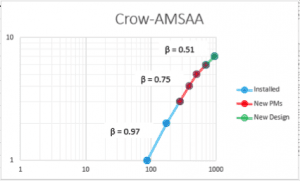The 7 Steps of a Work Managements Cycle
This episode of the weekly podcast is about Work Managements Cycle. WMC is the most basic framework any organization has in place to evaluate its performance and make improvements if needed. This cycle consists of 7-steps that when completed successfully make it possible to execute the Maintenance Plan and Scheduling Process. These steps are as follows:
ᐅ Play Episode



